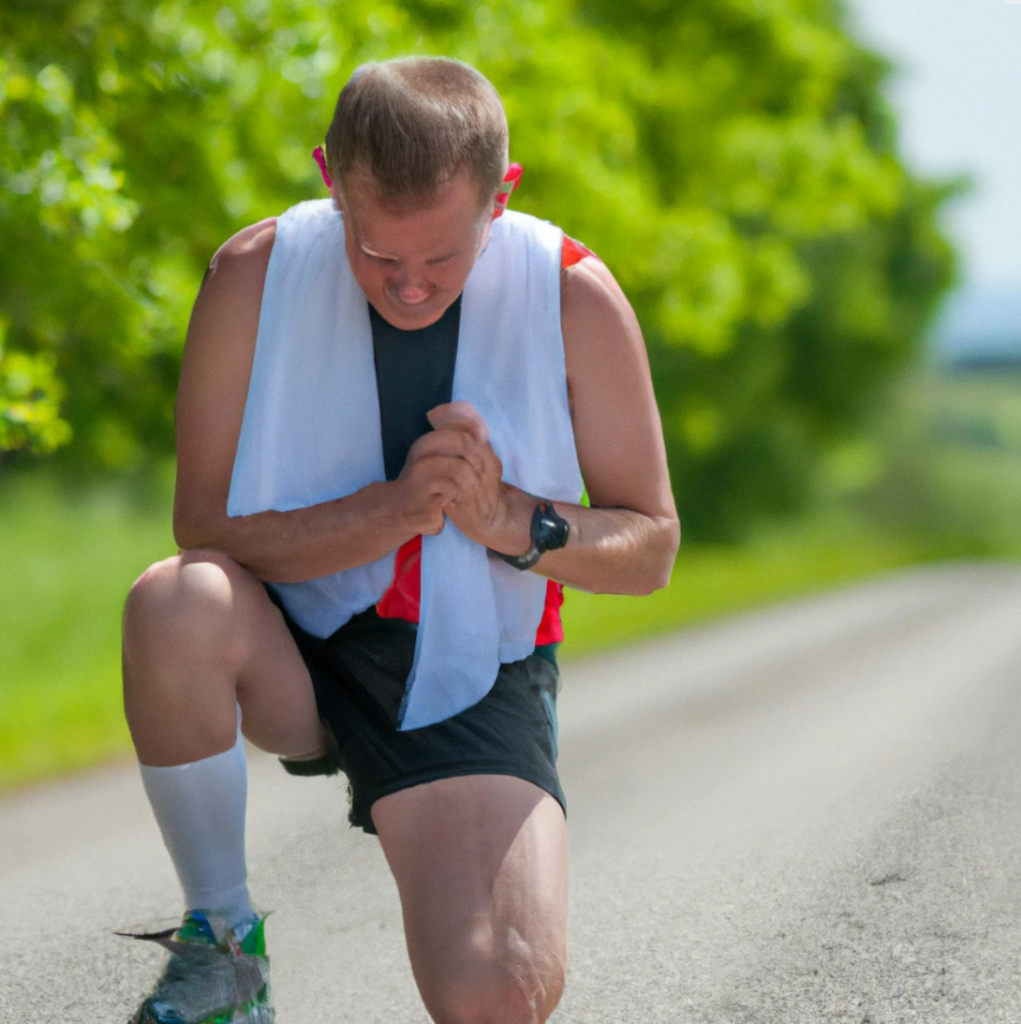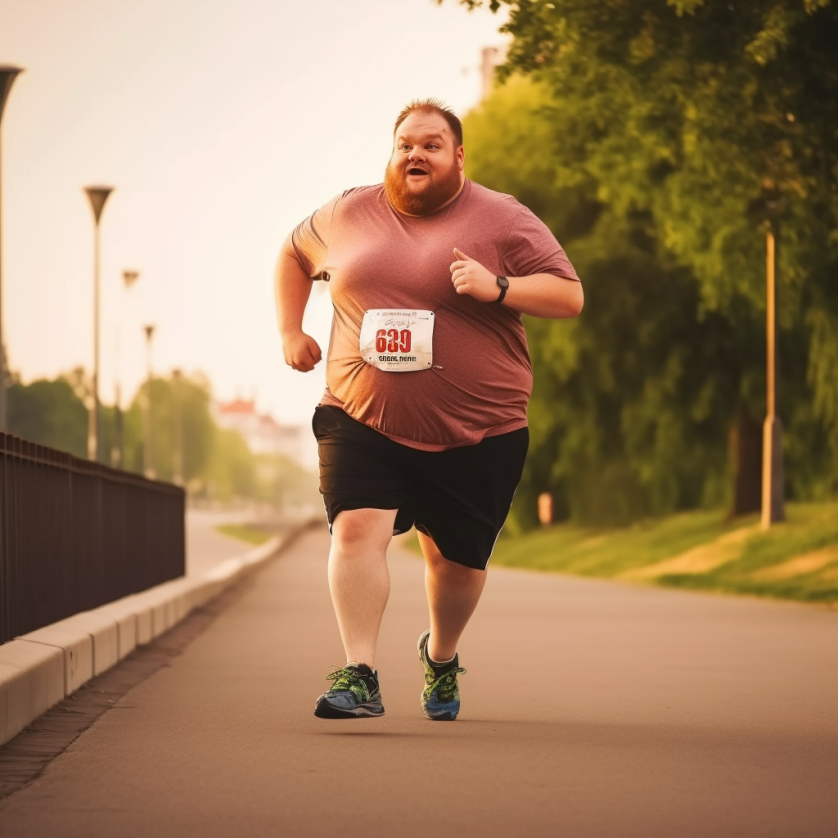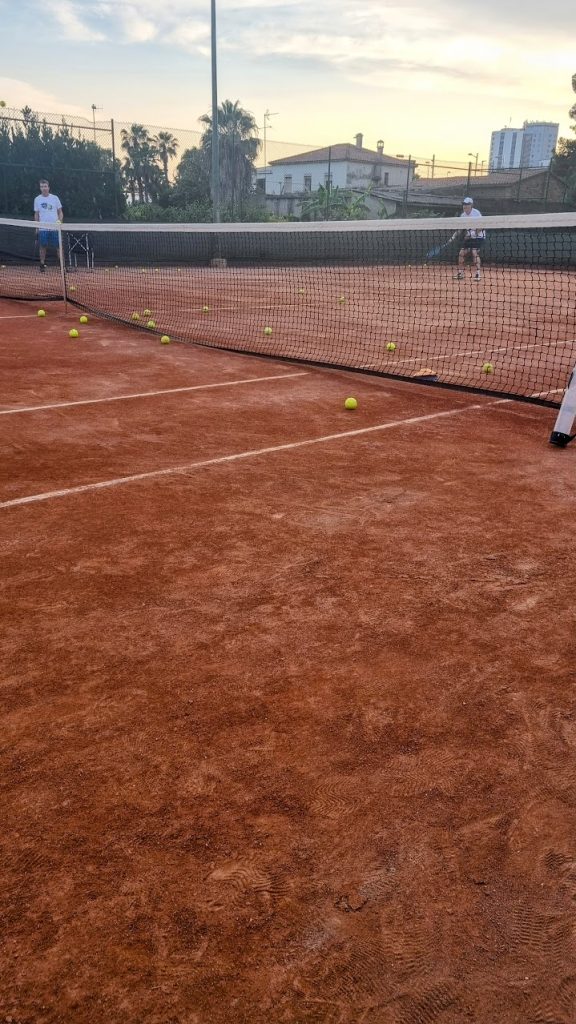Proper Warm-Up and Cool-Down Routines
Warming up before a run is crucial as it prepares your body for the physical stress of running by increasing blood flow to the muscles and raising the body temperature. A proper warm-up should include dynamic stretches such as leg swings, walking lunges, and arm circles, which mimic running movements. This not only enhances flexibility but also reduces the risk of strains and pulls by making the muscles more pliable and ready for action.
Cooling down after a run is equally important to gradually reduce the heart rate and start the recovery process. It should involve a mix of slow jogging or walking followed by static stretches focusing on major muscle groups like the hamstrings, quads, and calves. These stretches help in releasing muscle tension and limit the buildup of lactic acid, potentially preventing stiffness and soreness, which are common sources of discomfort and injury among runners.
Strength Training for Runners
Incorporating strength training into a runner’s weekly routine can significantly enhance their resilience against injuries. Exercises such as squats, deadlifts, and calf raises strengthen the leg muscles, while planks and back extensions fortify the core, providing better stability and shock absorption during running. This conditioning is essential not only for improving performance but also for preventing injuries by ensuring that the body can withstand the repetitive impact of running.
Regular strength training helps in correcting muscle imbalances that are often overlooked in runners who focus solely on cardiovascular workouts. For instance, strengthening the hip flexors and glutes can prevent issues like runner’s knee and IT band syndrome, which stem from weak or imbalanced hip muscles. By promoting muscle symmetry and joint stability, strength training plays a pivotal role in a comprehensive injury prevention strategy.

Running Form and Technique
Good running form is key to efficient movement and injury prevention. Maintaining a slight forward lean from the ankles, keeping the head up and back straight, and avoiding excessive bouncing can significantly reduce the impact forces traveling through the body. Furthermore, proper foot strike, particularly landing softly on the midfoot, can help in minimizing stress on the knees and hips, thus avoiding common overuse injuries.
Many runners suffer from injuries due to poor technique, such as overstriding or excessive heel striking. These habits increase the braking force with each footfall, leading to greater stress on the lower body. Correcting these issues through targeted drills and being mindful of one’s form during runs can lead to more efficient, safer running. Regular video analysis of running form or consultations with a running coach can also provide valuable feedback and guidance.
Choosing the Right Gear
The importance of selecting the right running shoes cannot be overstated. Shoes should be chosen based on the runner’s foot structure, gait type, and the surfaces they primarily run on. For instance, runners with flat feet might require more arch support to prevent overpronation, which can lead to injury. Additionally, the shoes should provide adequate cushioning and stability to absorb the impact that comes with each step.
Besides footwear, other running gear like orthotics, moisture-wicking socks, and supportive insoles can also play a significant role in injury prevention. For example, orthotics can help correct biomechanical inefficiencies, reducing the risk of stress fractures, tendonitis, and other overuse injuries. Ensuring that the gear fits well and is in good condition is essential for maintaining safety and effectiveness in a runner’s arsenal against injuries.












